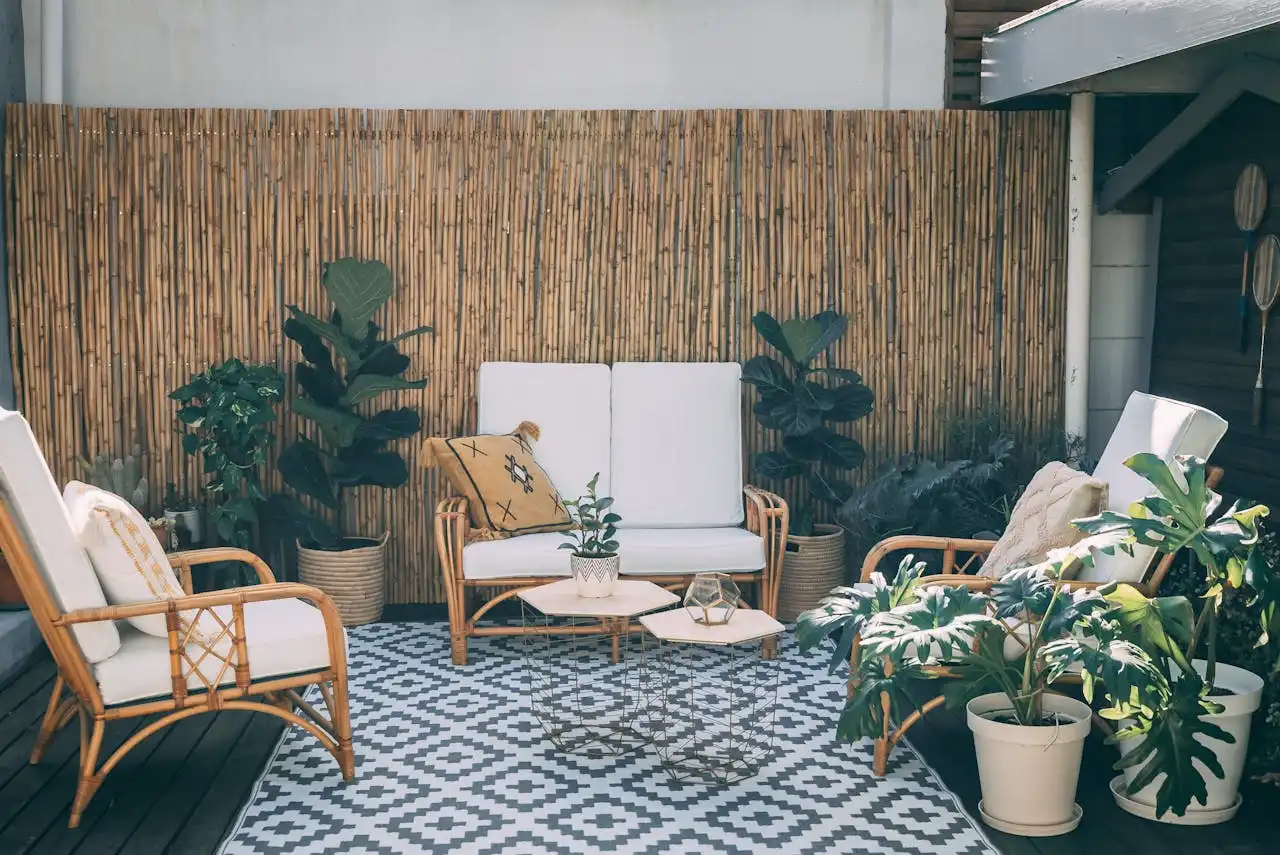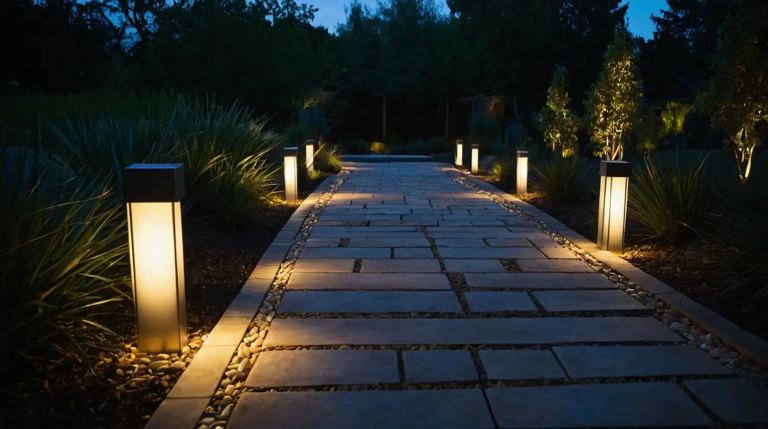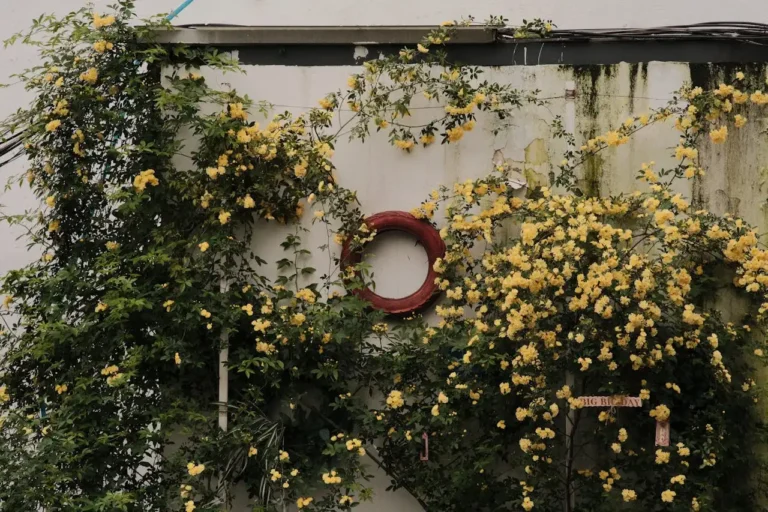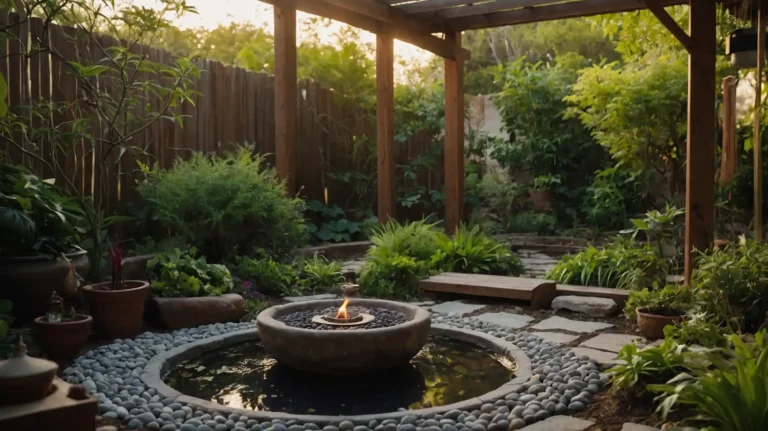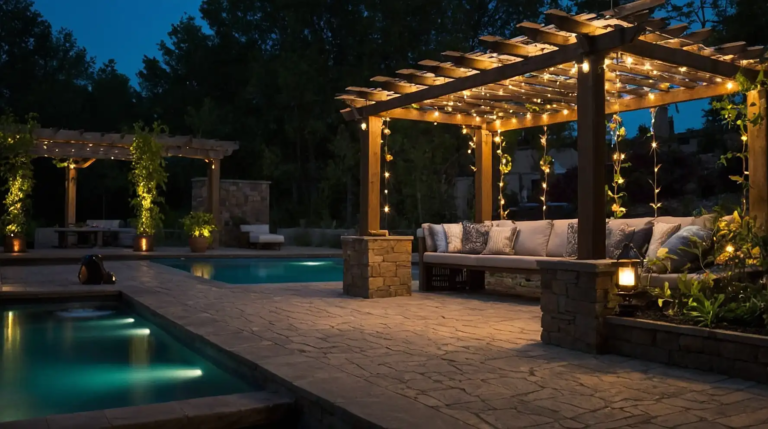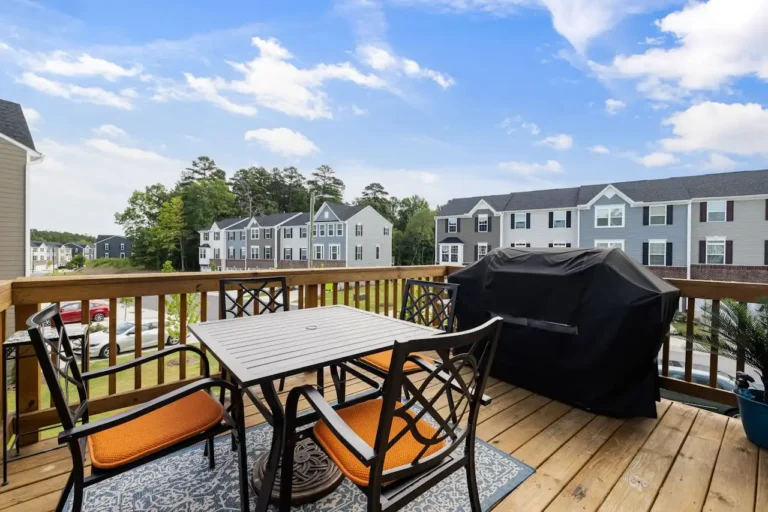5 Low-Maintenance Plants That Instantly Beautify Your Patio
You want a stunning outdoor space but worry about keeping plants alive.
These five low-maintenance beauties thrive with minimal care while transforming your patio into a lush, welcoming retreat that impresses guests and provides you with daily joy.
1. Succulents: The Ultimate Drought-Tolerant Showstoppers
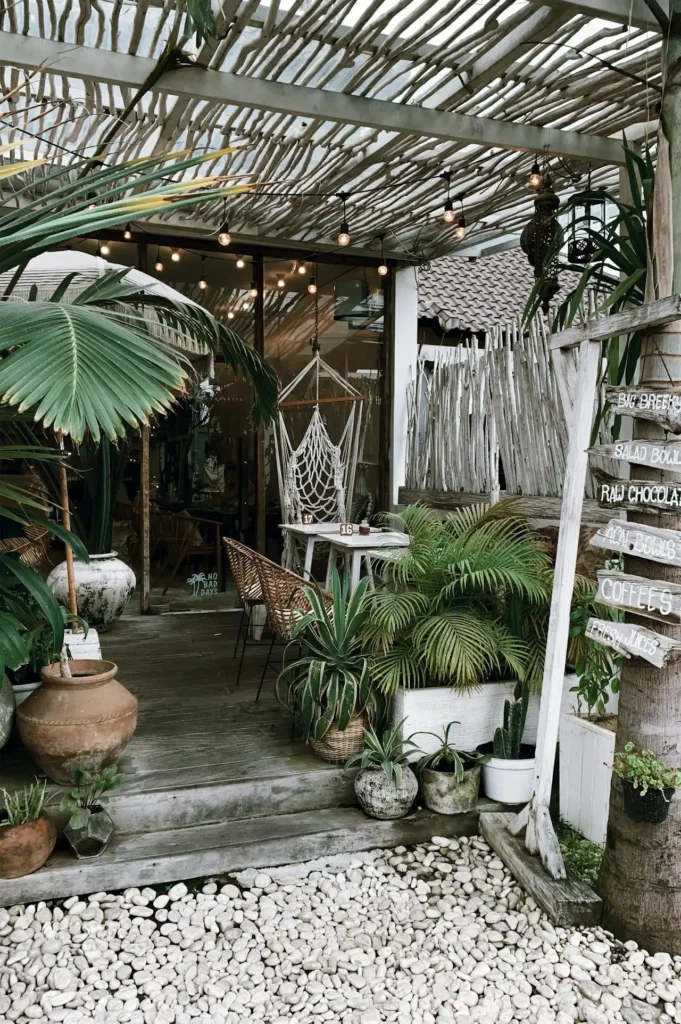
You can’t go wrong with succulents when you want maximum visual impact with minimum effort.
These water-storing champions come in dozens of shapes, colors, and textures that create stunning displays while requiring watering only once or twice per month.
From the rosette patterns of echeveria to the architectural forms of agave, succulents offer endless variety for creating eye-catching arrangements.
The thick, fleshy leaves of succulents store water for extended periods, making them perfect for busy lifestyles or frequent travelers.
You’ll find varieties in every color imaginable – deep purples, bright greens, silvery blues, and even pink-tinged options that change color with sun exposure.
This natural color variation means you can create complex, beautiful displays using plants alone.
Succulents thrive in well-draining soil and actually prefer to dry out between waterings.
Overwatering kills more succulents than drought ever will, so your forgetful watering habits actually work in their favor.
Plant them in containers with drainage holes and use cactus soil mix to prevent root rot that destroys less hardy plants.
Most succulents love bright, indirect sunlight, making them perfect for covered patios or areas that receive morning sun and afternoon shade.
Direct scorching sun can actually burn some varieties, while too much shade causes them to stretch and lose their compact, attractive shapes.
Find that sweet spot of bright but protected light for the healthiest, most beautiful plants.
You can create stunning succulent gardens by combining different heights, textures, and colors in a single large container.
Mix trailing varieties like string of pearls with upright forms like jade plants and rosette types like hens and chicks.
This layered approach creates visual interest while requiring the same minimal care routine for all plants.
2. Lavender: Fragrant Beauty That Thrives on Neglect
You get gorgeous purple blooms, incredible fragrance, and a plant that actually prefers poor soil and infrequent watering when you choose lavender for your patio.
This Mediterranean herb loves hot, dry conditions and well-draining soil, making it perfect for containers or planted areas that receive full sun for most of the day.
Lavender’s silver-green foliage provides beautiful structure even when the plant isn’t blooming, while the iconic purple flower spikes create stunning color from late spring through summer.
The intense fragrance attracts beneficial insects like bees and butterflies while naturally repelling mosquitoes and other pests, making your patio more enjoyable for outdoor entertaining.
Different lavender varieties offer varying heights, bloom times, and cold tolerance, so you can choose options that work perfectly for your climate and space.
English lavender handles cold weather better and offers the strongest fragrance, while French lavender blooms longer but needs protection from hard freezes.
Spanish lavender provides unique pineapple-shaped flower heads that add textural interest.
You can harvest lavender blooms for dried arrangements, sachets, or culinary uses, giving you practical benefits beyond beautiful landscaping.
Cut flower stems just as buds begin to open for the strongest fragrance and longest-lasting dried flowers.
Regular harvesting actually encourages more blooms while keeping plants compact and attractive.
Plant lavender in containers using fast-draining potting mix or amend heavy garden soil with sand and gravel to improve drainage.
These plants hate wet feet and will quickly develop root rot in poorly draining conditions. Water deeply but infrequently, allowing soil to dry completely between watering for the healthiest, most fragrant plants.
3. Snake Plants: Architectural Drama That Forgives Everything
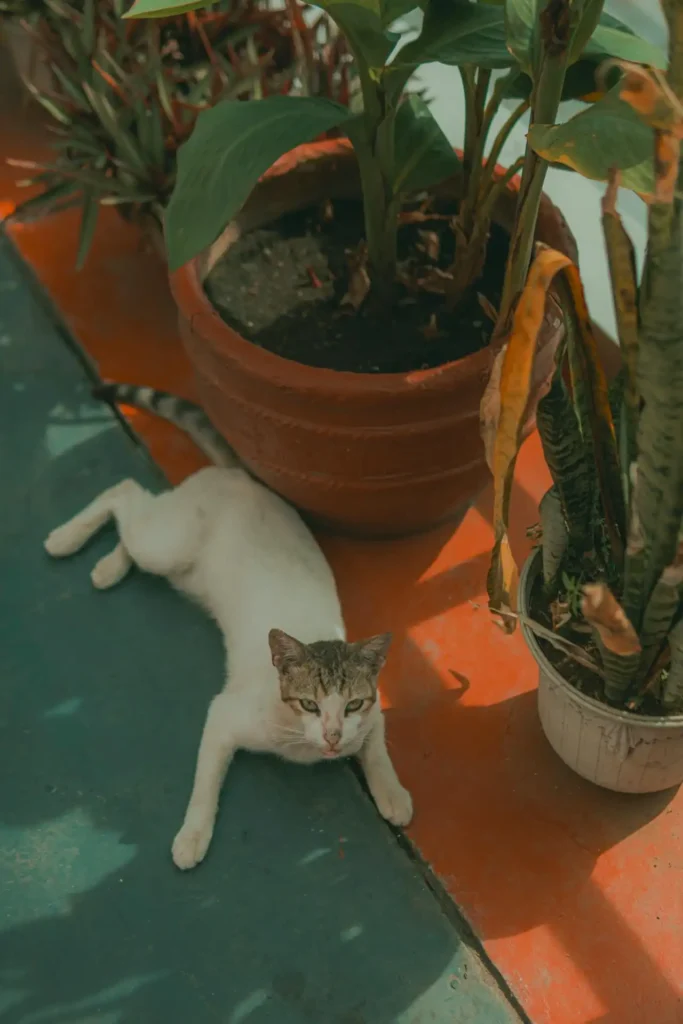
You can practically ignore snake plants and they’ll still provide striking vertical interest with their thick, upright leaves that add architectural drama to any patio setting.
These nearly indestructible plants tolerate extreme neglect, low light, and irregular watering while maintaining their bold, sculptural appearance that complements both modern and traditional outdoor décor styles.
The distinctive yellow-edged green leaves of snake plants create strong vertical lines that provide excellent contrast to low, spreading plants or rounded containers.
Different varieties offer varying heights from compact 8-inch options to dramatic 4-foot specimens that serve as living sculptures.
The thick, sword-like leaves maintain their structure in wind and weather conditions that damage more delicate plants.
Snake plants adapt to almost any lighting condition from bright sun to deep shade, though they prefer bright, indirect light for optimal growth.
This flexibility means you can place them anywhere on your patio without worrying about specific sun requirements.
They’ll maintain their attractive appearance whether your patio faces north or south.
Water snake plants only when the soil feels completely dry, which might be every 2-4 weeks depending on your climate and season.
These plants store water in their thick leaves and can survive months without watering if necessary.
Overwatering causes more problems than drought, so err on the side of less water for healthiest plants.
The upright growth habit of snake plants makes them perfect for corners, alongside doorways, or as backdrop plants behind lower varieties.
Their neutral green and yellow coloring complements any color scheme while providing year-round structure that doesn’t require seasonal replanting or constant maintenance to look polished and intentional.
4. Pothos: Cascading Green Beauty That Grows Anywhere
You get lush, trailing greenery that softens hard patio edges when you add pothos to hanging baskets or elevated planters.
These vigorous vines produce heart-shaped leaves in various shades of green, often with striking yellow or white variegation that adds brightness to shaded patio areas where many other plants struggle to thrive.
Pothos adapt to almost any lighting condition and actually prefer the bright, indirect light that many covered patios provide.
They’ll grow in full shade or partial sun, though variegated varieties maintain better coloring in brighter conditions.
This adaptability makes them perfect for experimenting with different patio locations until you find the perfect spot.
These trailing plants grow quickly and require minimal care beyond occasional watering when the soil feels dry.
You can propagate new plants easily by cutting stems and rooting them in water, giving you unlimited free plants to expand your patio garden or share with friends.
This rapid growth means you’ll have full, lush displays within just one growing season.
The long, trailing stems of pothos work beautifully in hanging baskets, tall planters, or containers placed on plant stands where the vines can cascade gracefully.
You can also train them to climb up trellises or poles for vertical interest, or let them trail along railings to create natural green garlands that soften architectural elements.
Pathos tolerate neglect better than most houseplants, making them perfect for busy schedules or vacation periods.
Water them thoroughly when the top inch of soil feels dry, but don’t worry about precise timing.
These forgiving plants bounce back quickly from occasional drought stress while continuing to produce new growth throughout the growing season.
5. Geraniums: Colorful Blooms That Keep Coming Back
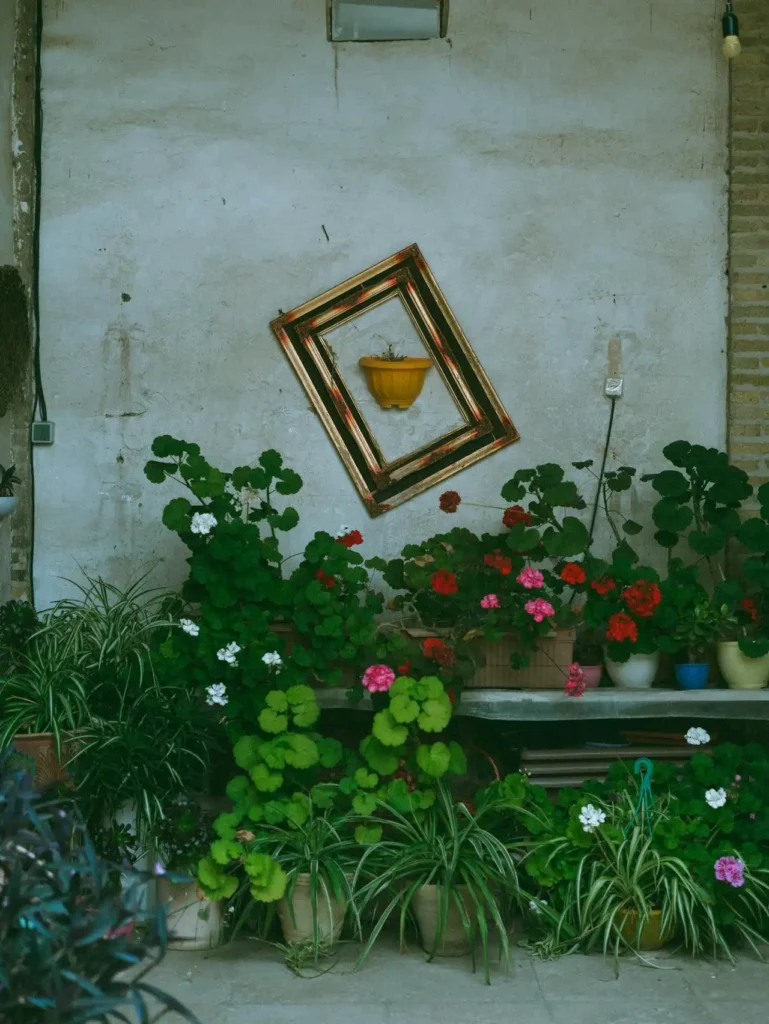
You can enjoy months of continuous bright blooms in reds, pinks, whites, and purples when you choose geraniums for your patio containers.
These reliable performers bloom from spring until frost while requiring minimal care beyond occasional watering and deadheading spent flowers.
The round, colorful flower clusters provide constant color that brightens any outdoor space.
Geraniums prefer full sun but tolerate partial shade, making them versatile for various patio orientations and conditions.
They actually perform better in containers than in ground plantings, as the improved drainage prevents root problems that can occur in heavy garden soils.
This container preference makes them perfect for patio gardening where most plants grow in pots anyway.
The thick, slightly fuzzy leaves of geraniums have a distinctive scent that naturally repels insects while adding textural interest to your plant displays.
Some varieties offer particularly fragrant foliage in scents like rose, lemon, or mint that add another sensory dimension to your patio experience.
These scented varieties work well near seating areas where you can enjoy the fragrance.
You can overwinter geraniums indoors in cold climates or treat them as annuals in areas with harsh freezes.
In mild winter areas, they often survive outdoors and provide year-round color and structure.
This flexibility makes them excellent investments that can provide years of beauty with proper care and protection.
Deadhead spent flowers regularly to encourage continuous blooming throughout the growing season.
This simple maintenance task takes just minutes but dramatically improves the plant’s appearance and bloom production.
Pinch off faded flowers where the stem meets the main plant to redirect energy into new blooms rather than seed production.
Care Tips That Apply to All Five Plants
You’ll succeed with all these low-maintenance plants by following a few basic principles that prevent most common problems.
Use containers with drainage holes and quality potting mix rather than garden soil, which often drains poorly in containers.
Good drainage prevents root rot, the number one killer of container plants. Water deeply but less frequently rather than giving plants frequent shallow drinks.
This watering method encourages deep root growth that makes plants more drought-tolerant and resilient.
Allow soil to dry between watering’s for most of these plants, as they prefer slightly dry conditions to constantly moist soil.
Choose containers that complement your patio’s style while providing adequate space for root growth.
Larger containers hold more soil and water, requiring less frequent watering than tiny pots that dry out quickly.
Group containers of different sizes and heights to create visual interest while making watering and maintenance more efficient.
Placement Strategies for Maximum Impact
You can create stunning displays by varying heights, textures, and colors throughout your patio space.
Place taller plants like snake plants in back or corner positions, with medium-height plants like geraniums in the middle, and trailing plants like pathos in front or in hanging positions.
This layered approach creates depth and visual interest. This strategic placement ensures you get maximum enjoyment from your plant investments.
Consider sight lines from both inside your home and from seating areas when positioning plants.
Place the most attractive combinations where you’ll see them most often, such as near doorways or beside favorite seating spots.
Group plants with similar water needs together to make maintenance more efficient and prevent overwatering drought-tolerant plants or underwatering thirstier varieties.
All five of these plants prefer similar watering schedules, making them perfect companions for grouped displays that require the same care routine.
Seasonal Considerations and Year-Round Beauty
You can enjoy these plants throughout multiple seasons with minimal adjustments to your care routine.
Most will continue growing and blooming until frost, with some like snake plants and succulents providing structure and interest even during dormant periods.
This extended season of beauty gives you excellent value from your plant investments.
Plan for winter protection in cold climates by choosing containers that can move indoors or providing protection for plants that will remain outside.
Many of these plants adapt well to indoor conditions, allowing you to enjoy them year-round while protecting your investment during harsh weather.
Consider adding seasonal accents like decorative containers, outdoor lighting, or seasonal decorations that complement your plants without overwhelming their natural beauty.
These plants provide excellent foundations for seasonal decorating that can evolve throughout the year while maintaining consistent green structure.
Conclusion
Transform your patio into a beautiful, low-maintenance oasis with these five resilient plants. Enjoy stunning results with minimal effort and maximum impact.

